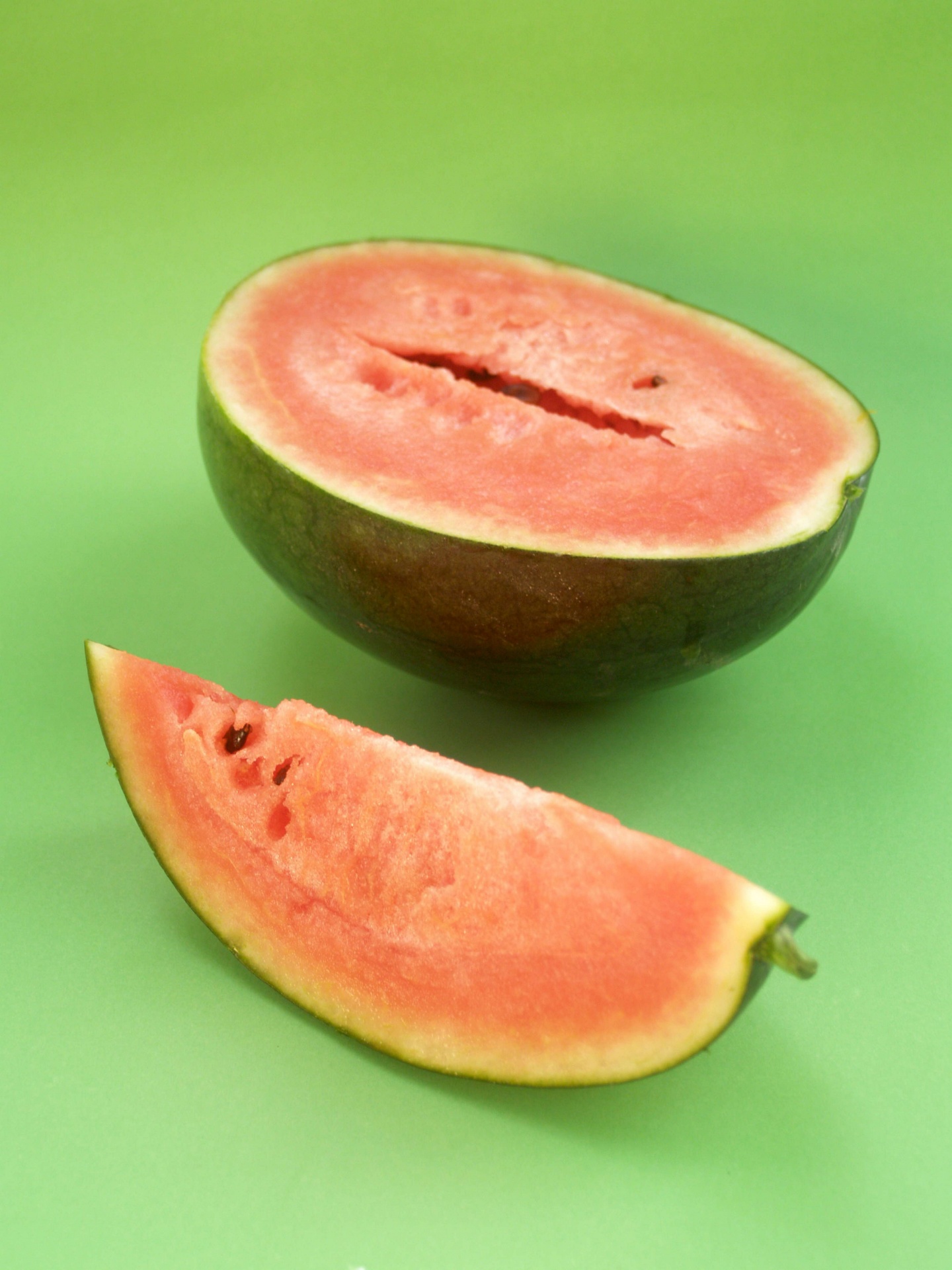
Watermelon Slice Stock Photo Free Stock Photo Public Domain Pictures
Other Causes for White-Fleshed Watermelons. There are a number of other causes for white-fleshed watermelons, the first being white heart disorder. This can develop in any watermelon during the final stage of its growth and is most commonly caused by over-watering or over-feeding the watermelon as its growing.

PlantFiles Pictures Watermelon 'C. S. White Flesh' (Citrullus lanatus
Solutions for white watermelon flesh. If you are wondering why the inside of your watermelon is white instead of the expected red or pink color, there are a few possible reasons and solutions to consider. 1. Underripe watermelon: One reason for white flesh in a watermelon could be that it is not fully ripe. Watermelons need enough time to ripen.
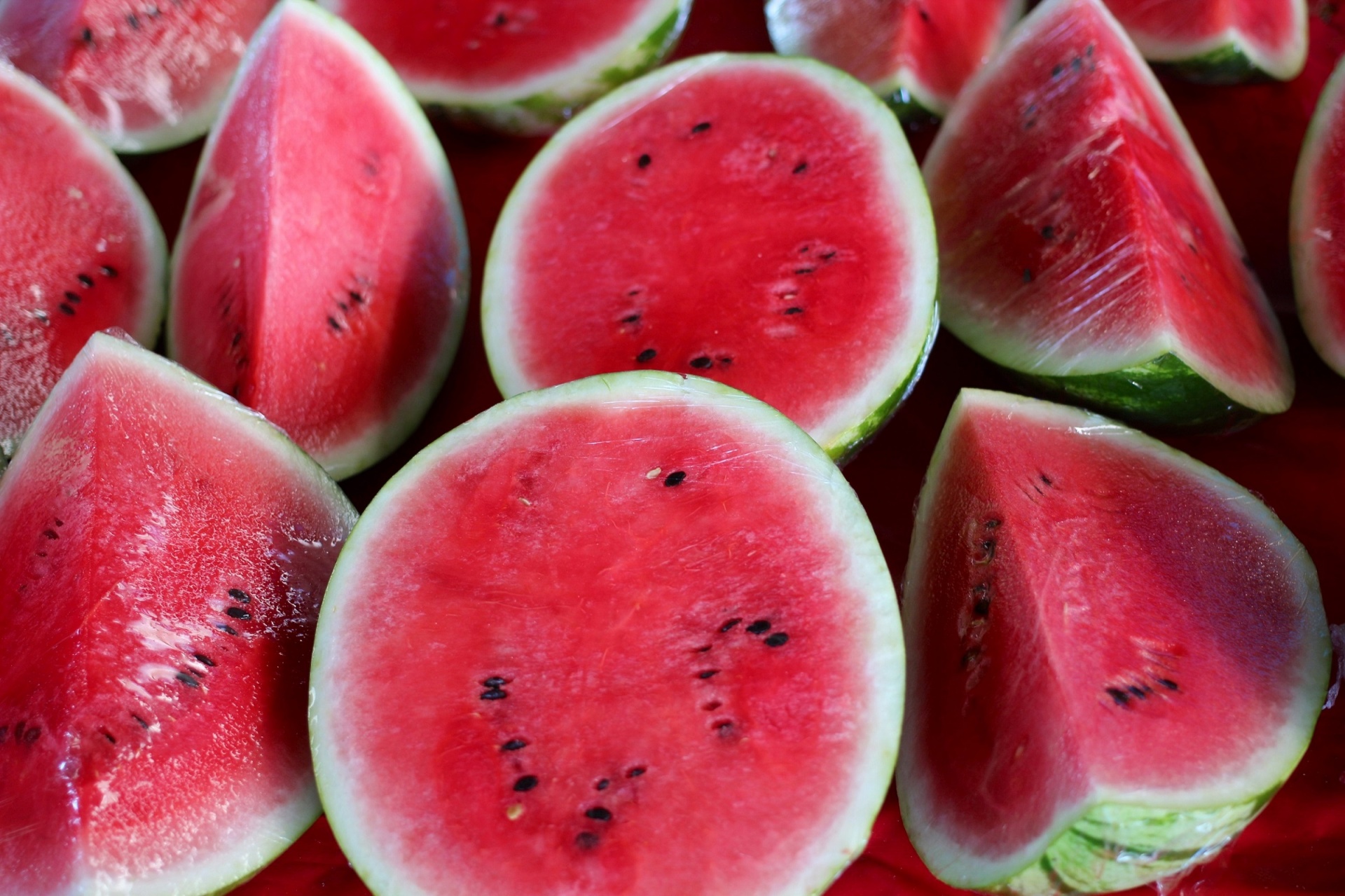
Watermelon Free Stock Photo Public Domain Pictures
Watermelon. Watermelon is a type of melon with red or yellow flesh. The watermelon (Citrullus lanatus) is one of the largest types of melon. This is a green-skinned melon that often has dark-green stripes.. Sometimes called the Ivory Gaya, this type of small oblong melon has creamy white flesh that is very soft and extremely juicy. Many say.

White Wonder Watermelon Heirloom White Fleshed Fruit 5 Etsy
About White Watermelons. White watermelon is a rare fruit that slowly gains popularity with a white rind and red flesh and tastes very similar to red watermelon. White watermelons are nutrient-rich and contain high levels of antioxidants. They are also a good source of vitamins A, C, and B6.. The inside of a white watermelon is usually a shade of pink or red, but the color can vary from melon.
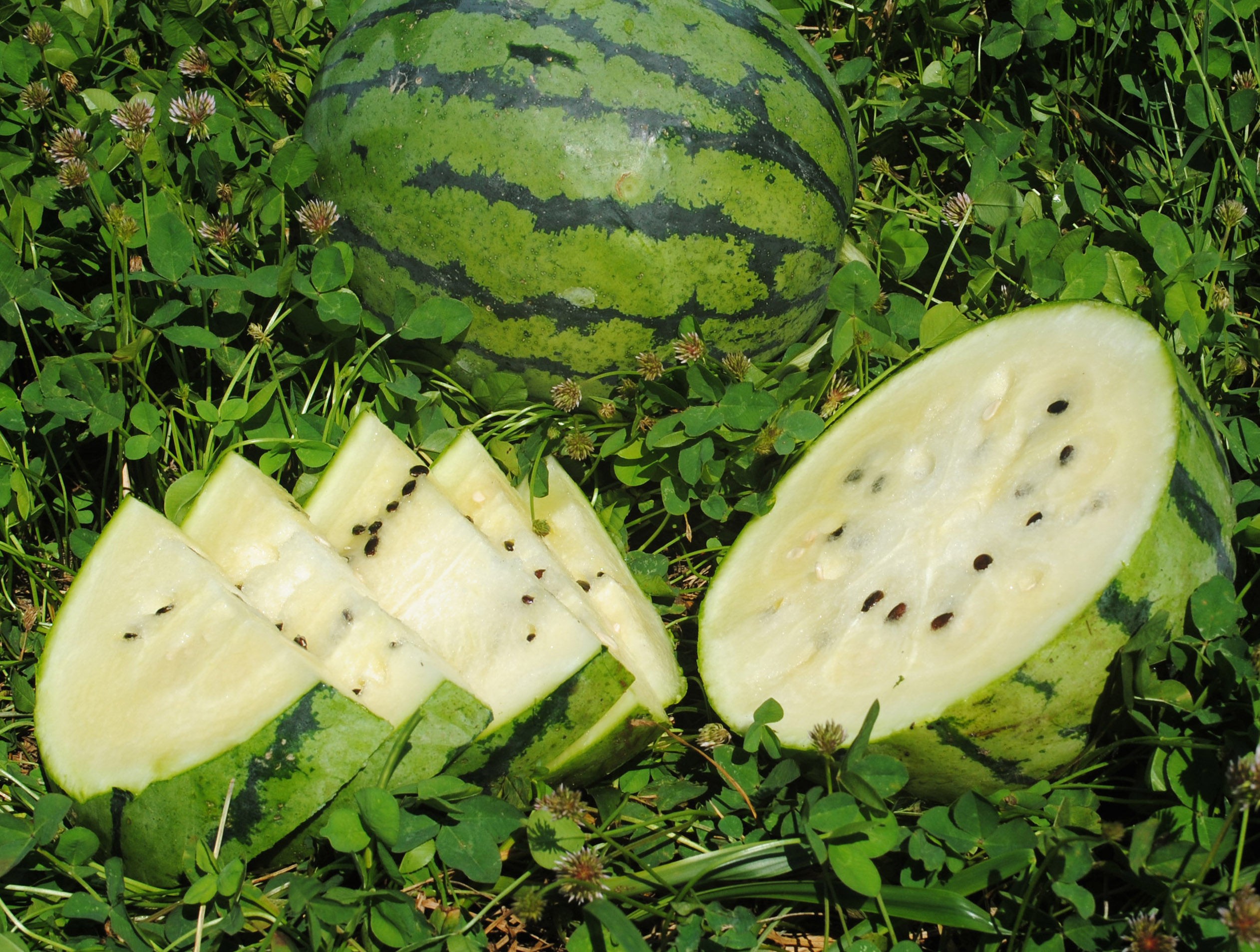
White Wonder Watermelon, 2 g Southern Exposure Seed Exchange, Saving
It is majorly characterized by white streaks appearing in the watermelon's flesh. If the white streaks are not present, then the whiteness is probably caused by other factors. 2. Type of seed bought. There are a lot of watermelon seeds in the market that give rise to a lot of species.
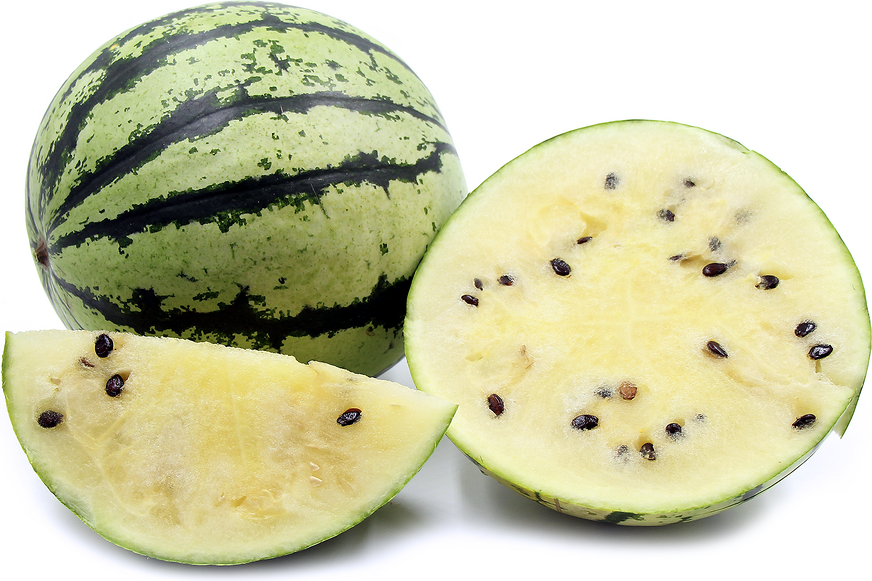
White Wonder Watermelon Information and Facts
White watermelon nutrition facts and benefits. White watermelon flesh contains very little lycopene, lutein, zeaxanthin and other pigmented carotenoids which normally are sources of benefits for eye health, skin, immunity and blood pressure. Other than this, the nutrition of white watermelon is similar to that of other colors.
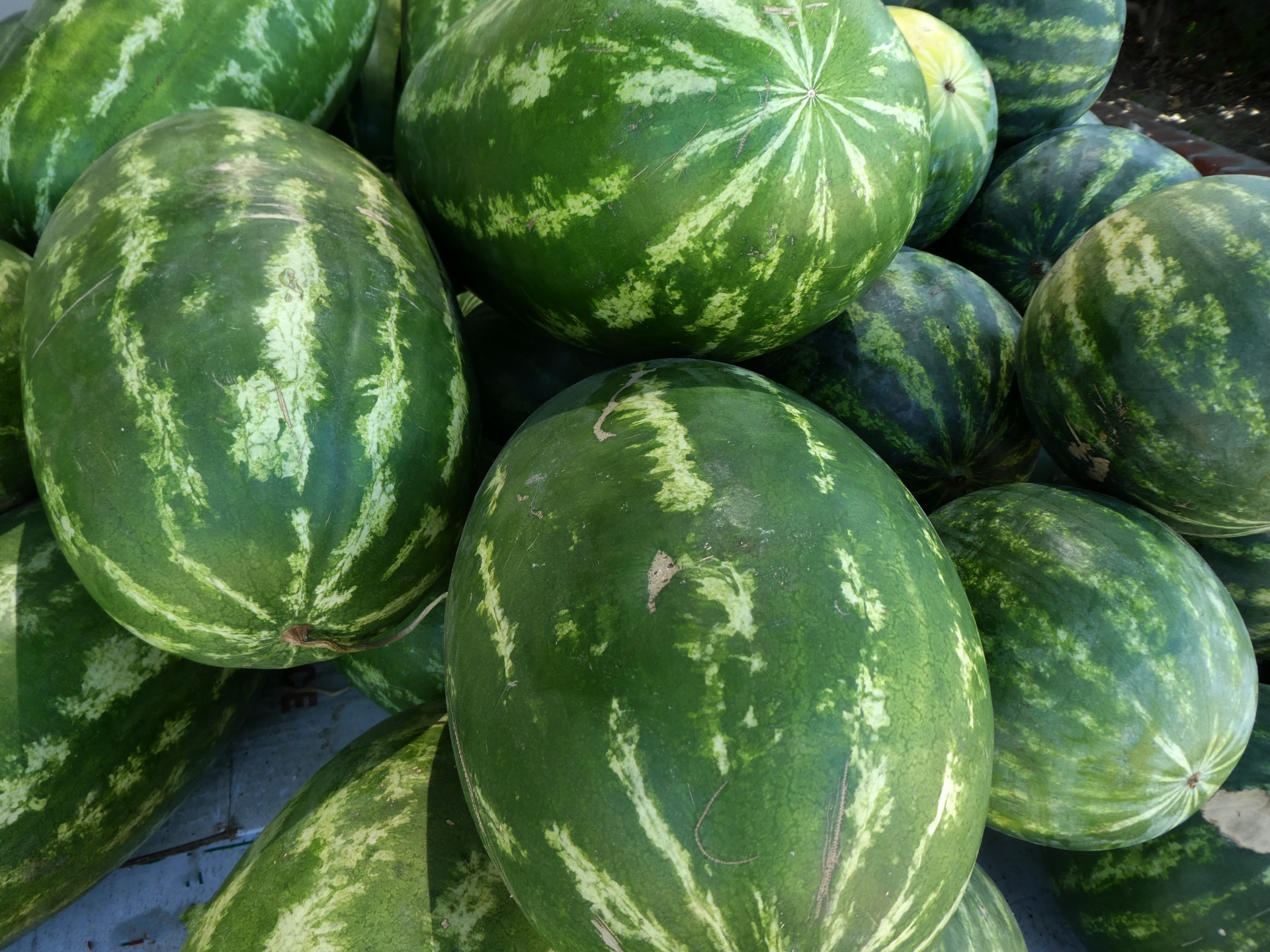
Watermelon Free Stock Photo Public Domain Pictures
White Flesh Watermelon Varieties Unveiled. One fascinating variation of watermelon is the white flesh variety. These watermelons have a pale, creamy-white interior instead of the traditional red or pink. White flesh watermelons are often sought for their unique appearance and delicate, sweet flavor.

Cut Red Fleshed Watermelon stock image. Image of board 143301655
They can, but according to Dave's Garden, the White Wonder watermelon (Citrullus lanatus 'White Wonder') is a rare kind that's also called an icebox fruit. It is smaller than regular watermelons, coming in at about 3 to 8 pounds. The flesh is crisp and creamy white, offering a sweet, fresh taste, and the outside is green with darker green.

Watermelon Tastes Good, Looks Good, And Fills You Up Eat Out, Eat Well
Moreover, the absence of red juice reduces the risk of staining while enjoying the fruit. 2. Yellow Flesh. Yellow-fleshed watermelons bring a burst of sweetness and a touch of novelty to your summer snacking. Among the common watermelon varieties with yellow flesh, the "Yellow Doll" stands out.

Introducing Tiffany, the yellowfleshed watermelon Agriculture Monthly
The taste of seedless watermelon with white or yellow flesh is often described as milder and sweeter compared to traditional red-fleshed watermelon. The white-fleshed variant may have a crisper and milder flavor, while the yellow-fleshed variety could offer a subtly tropical or honey-like sweetness.

100 Seeds Yellow Fleshed Watermelon Moon and Stars Pastèque, Graine
In general, a watermelon will take between 70 and 90 days to fully ripen, although some will be ready sooner, and others will take longer. If the watermelon is picked before it has finished ripening, it will have white flesh inside or will be fully white within the rind, therefore, make sure you don't pick melons too early. White flesh inside.
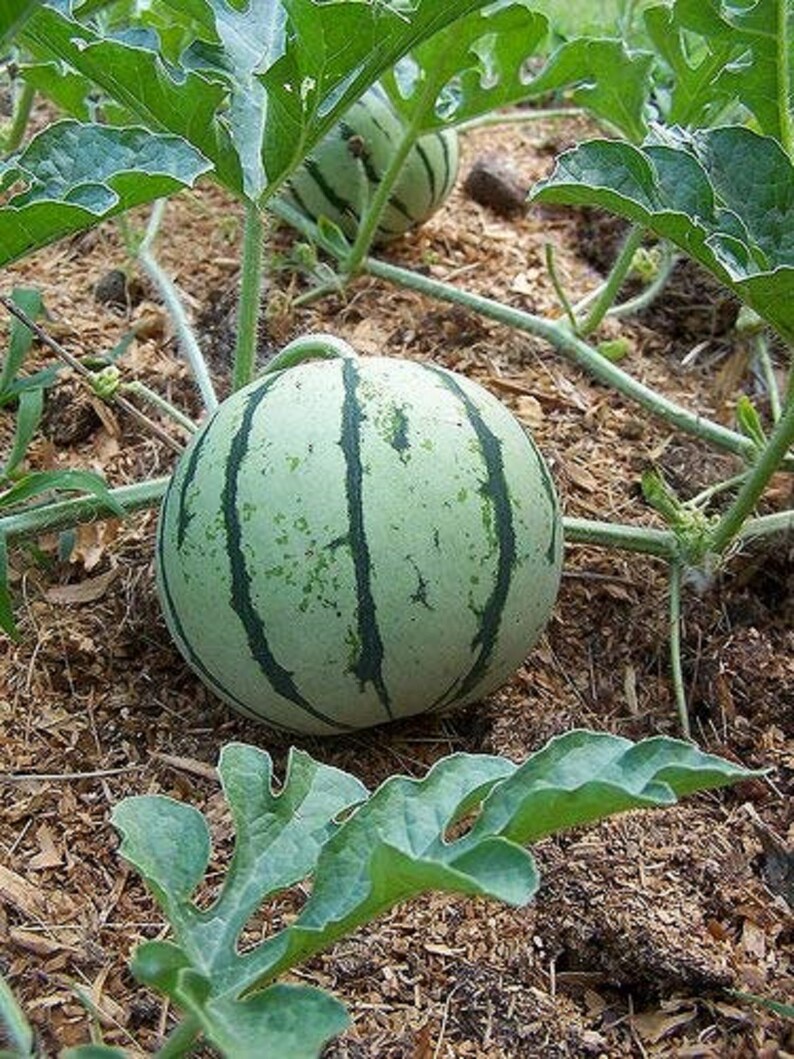
White Wonder Watermelon Heirloom White Fleshed Fruit 5 Etsy
Moon and Stars (Cherokee) This watermelon strain with speckled skin, a 15-pound weight, and sweet pink flesh with black seeds. A moon and star-studded strain of the classic Moon and Stars watermelon. These fruits grow to about 2 feet long and weigh around 15 pounds each. Bright pink, sweet flesh with black seeds.

The World's Smallest Watermelon Gardenerd
The white fleshed variety is a modest source of vitamins B1, B2, B5 and B6, iron, magnesium, manganese, phosphorus and potassium, and sodium free. Like other colors, white watermelon is very low in calories, with only about 30 kilocalories per 100 g serving. Water content is at over 90%, while fat and protein at 0.6% and 0.15%.

White Siberian Heirloom Watermelon Smart Seeds Emporium
Furthermore, environmental conditions can influence the color development of watermelon flesh. We'll uncover how factors such as temperature, sunlight exposure, and soil conditions can impact the pigmentation of the fruit, potentially leading to a white or pale inside. Ultimately, the ripeness and quality of the watermelon are essential.

White Wonder Watermelon Heirloom White Fleshed Fruit 5 Etsy
'Cream of Saskatchewan' is a rare white-fleshed heirloom watermelon that was developed in Ukraine. Thanks to its heritage, this variety does well in northern climates. Small round melons reach four to 10 pounds - or more, in warmer climates - with thin rinds that are light green with dark green stripes.
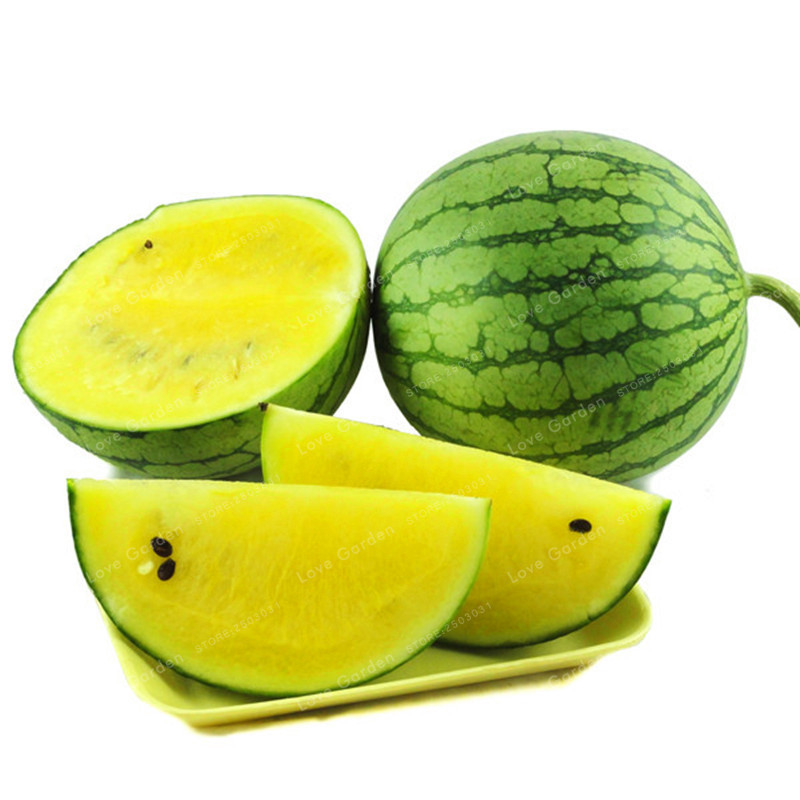
Rare Yellow Flesh Watermelon Seeds Watermelon Seeds Fruit Vegetable
Scratch the skin with your fingernails; if it scratches easily, it's ready. Check the underside of the melon, where you'll see a white spot. Once it changes from white to cream, it's ready. Look at the tendril nearest to the stem; if it's dry and brown, it's ready. Use a combination of methods!